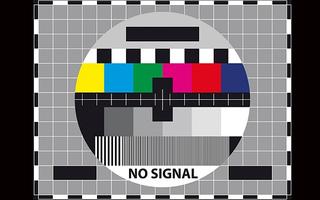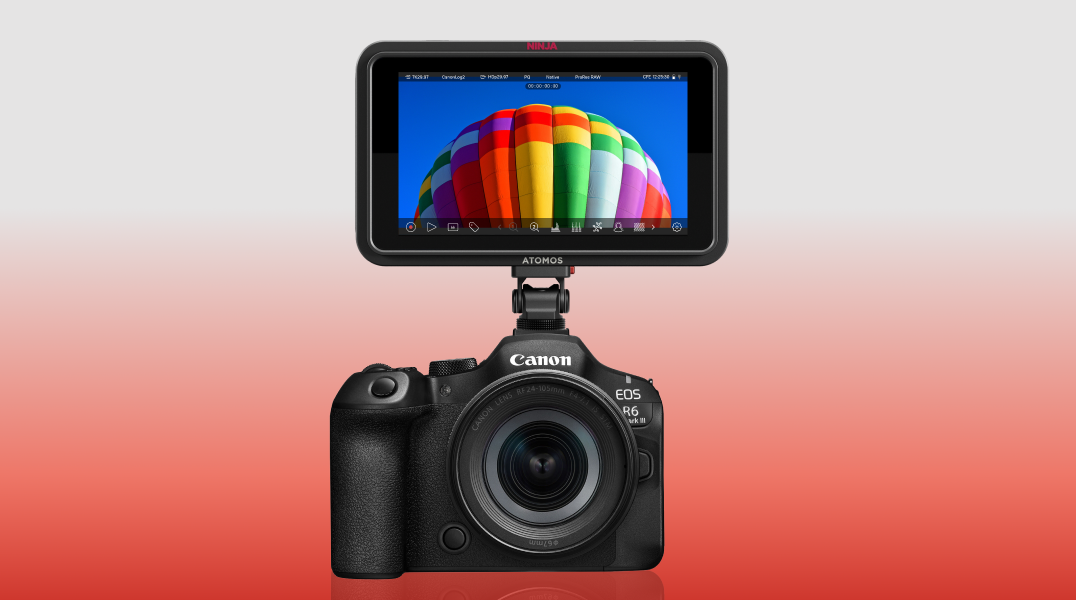Charles W. Rhodes
Latest articles by Charles W. Rhodes
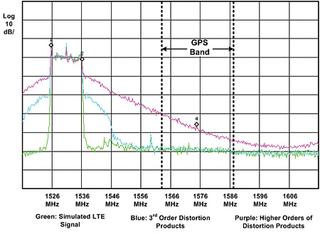
Update: Testing Interference to GPS by LightSquared Signals
By Charles W. Rhodes published
The FCC has a spectrum utilization committee, which is now studying all the test data. When they will finish these studies is not yet known.
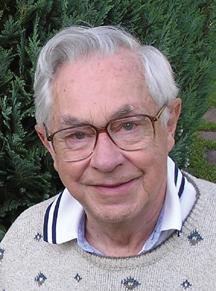
Why LightSquared’s Proposal to Operate at Reduced Power Won’t Work
By Charles W. Rhodes published
I expect the FCC to soon grant permission for LightSquared to proceed with its build-out.

Updating the Future of GPS
By Charles W. Rhodes published
Additional testing set for January was to involve prototypes of GPS receivers and active GPA antennas for commercial aircraft

Interference Between 700 MHz Cellphone Signals and DTV Signals
By Charles W. Rhodes published
If my antenna is on my rooftop, everything is probably OK, but if my antenna is indoors, it may pick up enough signal power from a nearby cellphone to block DTV reception.

Will SFNs Work in North America?
By Charles W. Rhodes published
The FCC suggests that by adopting a Single Frequency Network topology, the present minimum distances allowed between DTV transmitters could be substantially reduced.
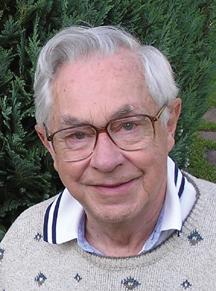
Analog or Digital: Ghosts Plague Reception
By Charles W. Rhodes published
It is a little early for ghost stories, but let’s hope single frequency networks don’t come to haunt broadcasters.
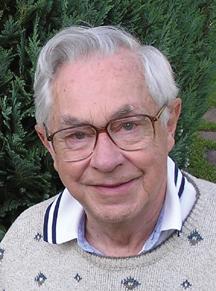
Testing SFNs for ATSC Reception
By Charles W. Rhodes published
Could an SFN support our ATSC standard, or would we have to change our DTV standard to embrace COFDM and thereby obsolete millions of receivers?

DTV Reception 24 7
By Charles W. Rhodes published
The first time I received an e-mail about DTV reception only during daylight hours, I was dubious.

FMI: More than Just a Problem on the Fringe
By Charles W. Rhodes published
FM traps help, but won't solve every problem.
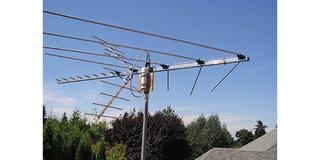
Could Broadcasting’s Future Hinge on Changes to OET-69?
By Charles W. Rhodes published
Without any changes to OET-69, the commission could not take up any additional planning criteria such as interference between DTV signals having a channel relationship other that N±1 and N.
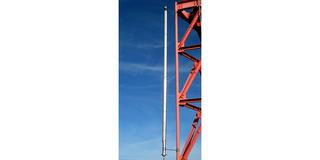
The FCC’s DTV Interference Dilemma
By Charles W. Rhodes published
By now almost everyone knows the NAB has filed a lawsuit against the FCC over its spectrum auctions TV channel repack.

FMI into the Low VHF Band
By Charles W. Rhodes published
I have serious concerns about the viability of such a broadcast service.

Obstacles to DTV Reception(2)
By Charles W. Rhodes published
Our friend reminded us that the day we came was warm and sunny, and when it rains, that channel simply vanishes.
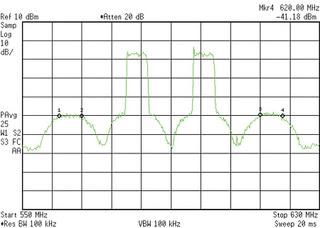
Cellphone, DTV Interference Issues Examined
By Charles W. Rhodes published
So what should the FCC do about Channel 30?

Testing Interference Rejection of DTV Converter Boxes
By Charles W. Rhodes published
We found that the maximum undesired signal at which these units could perform was between –22.2 dBm for the best box, to –28.7 dBm for the worst.
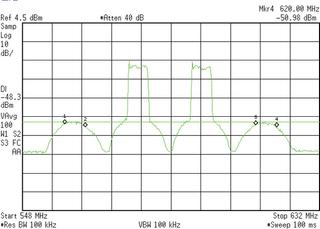
Solving DTV-Wireless Broadband Interference Problems
By Charles W. Rhodes published
In addition to DTV sideband splatter into adjacent spectrum, there is another source of noise jamming built into receiving devices that have poor RF selectivity.

Poised at the Great Analog/DTV Divide
By Charles W. Rhodes published
While many broadcasters may wish that DTV was not about to replace analog terrestrial broadcasting, that is unrealistic. Broadcast spectrum is going to be reduced dramatically and soon.

The Challenge of Channel Election
By Charles W. Rhodes published
My research into DTV-DTV interference resulted in some interesting spectrum plots concerning third-order intermodulation (IM3) products as a source of such interference.

Farewell to the Great CRT
By Charles W. Rhodes published
I replaced my 27-inch CRT receiver with a 42-inch plasma panel HDTV display more than a year ago, and I've never regretted doing so.

IEEE Symposium Highlights
By Charles W. Rhodes published
By all accounts, the IEEE Fall Broadcast Technology Symposium was a success.
The professional video industry's #1 source for news, trends and product and tech information. Sign up below.
